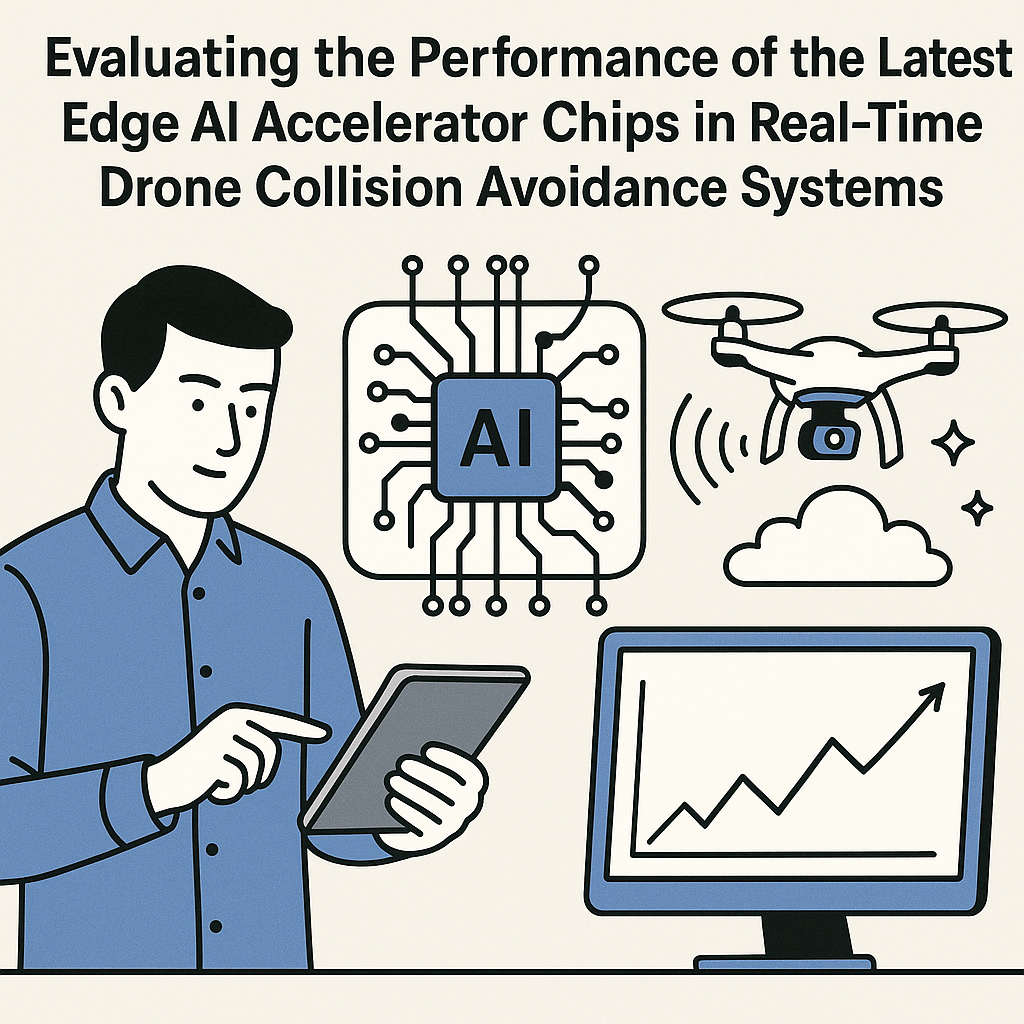Introduction
As the demand for advanced drone technologies grows, the integration of Edge AI accelerators into collision avoidance systems has become a critical focus area. These chips are designed to enhance the processing capabilities of drones, enabling real-time decision-making and improving safety in the skies. This article evaluates the performance of the latest Edge AI accelerator chips in the context of drone collision avoidance systems.
Understanding Edge AI Accelerators
Edge AI accelerators are specialized hardware designed to process artificial intelligence algorithms directly on devices, minimizing the need for cloud computing. In drone applications, this translates to:
- Low Latency: Immediate processing of data for faster decision-making.
- Energy Efficiency: Optimized for battery-operated devices, prolonging flight time.
- Improved Privacy: Data processing on-device reduces reliance on external data transmission.
Key Features of the Latest Edge AI Accelerator Chips
The latest Edge AI chips boast several features that enhance their performance in drone collision avoidance:
- High Processing Power: Advanced models can perform trillions of operations per second, enabling complex algorithms.
- Enhanced Neural Network Support: Built to efficiently run deep learning models that detect and classify obstacles.
- Multi-sensor Integration: Capable of processing data from various sensors, including cameras, LiDAR, and ultrasonic sensors.
Performance Metrics in Collision Avoidance
When evaluating the performance of Edge AI accelerator chips in collision avoidance systems, several critical metrics should be considered:
- Detection Accuracy: The ability to accurately identify and classify obstacles.
- Response Time: The time taken to process data and initiate avoidance maneuvers.
- Power Consumption: The energy required to operate the chip during high-demand processing tasks.
- Robustness: Performance consistency under varying environmental conditions.
Case Studies of Edge AI Chips in Drone Systems
To better understand the application of Edge AI accelerators in collision avoidance, let’s look at a few case studies:
1. NVIDIA Jetson Xavier NX
This chip offers high processing capabilities and is integrated into several drone platforms. Key highlights include:
- Real-time object detection with an accuracy of over 90%.
- Response times as low as 20 milliseconds.
- Ability to process images from multiple cameras simultaneously.
2. Intel Movidius Myriad X
Designed for low-power applications, this chip excels in energy efficiency:
- Power consumption of only 1 watt while maintaining high performance.
- Supports advanced neural network frameworks for obstacle avoidance.
- Proven reliability in urban environments with high obstacle density.
3. Google Edge TPU
Google’s Edge TPU has gained traction for its unique capabilities:
- Optimized for running TensorFlow Lite models effectively.
- Detection accuracy in real-time scenarios of about 85%.
- Integration with existing Google Cloud services for enhanced analytics.
Challenges Faced by Edge AI Accelerators
Despite the advancements, several challenges remain in the deployment of Edge AI accelerators in drone collision avoidance systems:
- Environmental Variability: Changes in lighting and weather can affect sensor performance.
- Algorithm Complexity: Balancing the complexity of algorithms with the limitations of processing power.
- Regulatory Compliance: Adhering to aviation regulations regarding autonomous flight systems.
Future Trends in Edge AI for Drone Technology
The future of Edge AI accelerators in drones appears promising, with several trends likely to shape the industry:
- Increased Integration of AI: More sophisticated AI algorithms aimed at enhancing collision avoidance.
- Miniaturization of Hardware: Smaller, more powerful chips that fit into compact drone designs.
- Collaborative Drones: Development of systems that allow drones to communicate with each other to avoid collisions.
Conclusion
The evaluation of the latest Edge AI accelerator chips reveals their pivotal role in enhancing real-time drone collision avoidance systems. With their high processing power, energy efficiency, and ability to integrate multiple sensor inputs, these chips are setting new standards in drone safety. However, addressing challenges such as environmental variability and regulatory compliance will be essential for continued advancement. As technology evolves, the future looks bright for the incorporation of Edge AI in the drone industry, promising safer skies for all.



